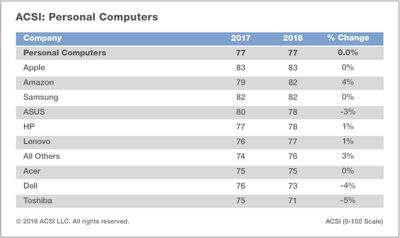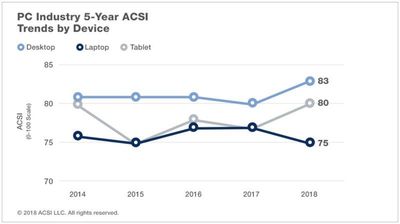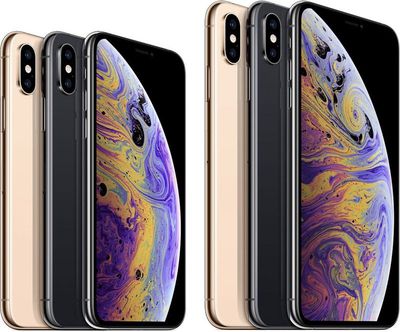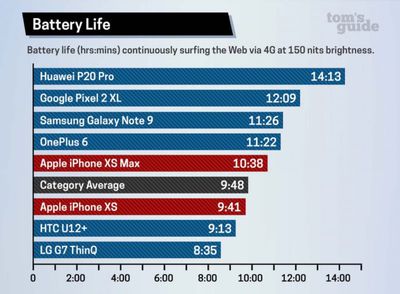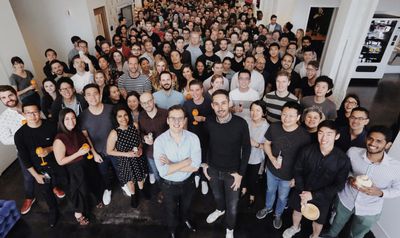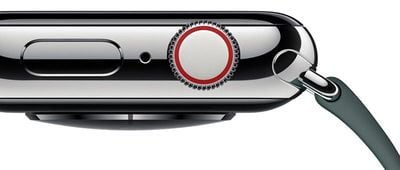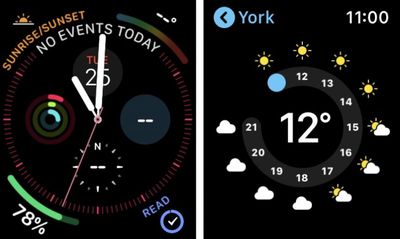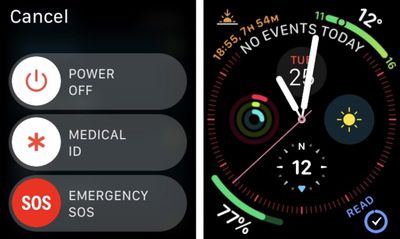![]() Google says it is willing to make changes to its new Chrome auto-login feature, following heavy criticism from privacy-conscious users.
Google says it is willing to make changes to its new Chrome auto-login feature, following heavy criticism from privacy-conscious users.
In previous versions of the browser, it was left up to the user whether they wanted to log in to Chrome while they used the app.
However in Chrome 69, released earlier this month, if you sign in to a Google site like Google Search, Gmail, or YouTube, you also get logged into Chrome automatically, and there's currently no way around it.
Google originally claimed the feature was introduced to prevent data from leaking between accounts on shared computers, but the move has been criticized for its potential to make it theoretically easier for Google to upload users' browsing history. Google responded to the criticism in a blog post:
"We want to be clear that this change to sign-in does not mean Chrome sync gets turned on," said Chrome product manager Zach Koch. "Users who want data like their browsing history, passwords, and bookmarks available on other devices must take additional action, such as turning on sync."
Despite clearing that up, the blowback has apparently been vehement enough for Google to tweak Chrome 70, due in October, which will offer users a clear opt-out for the auto-login feature.
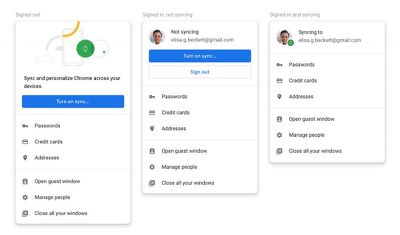
While we think sign-in consistency will help many of our users, we're adding a control that allows users to turn off linking web-based sign-in with browser-based sign-in – that way users have more control over their experience. For users that disable this feature, signing into a Google website will not sign them into Chrome.
In addition to the change, Google says it will update the Chrome interface to make a user's account sync state more obvious. Google says the way Chrome handles authentication cookies is also going to be tweaked to make sure they don't hang around once the user has successfully signed in.


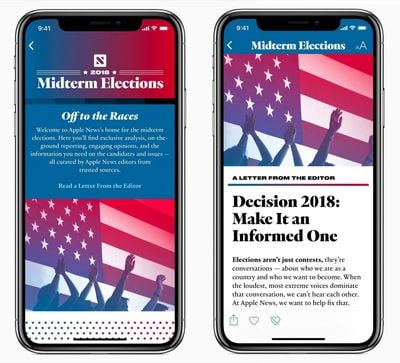
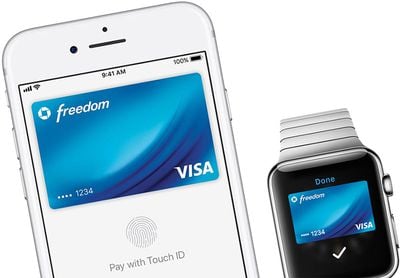

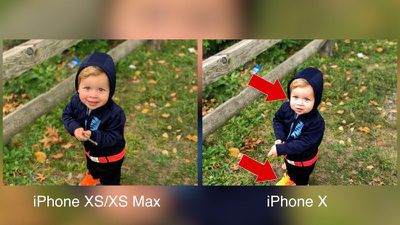
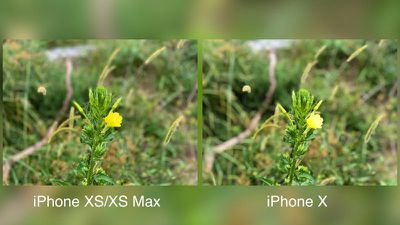
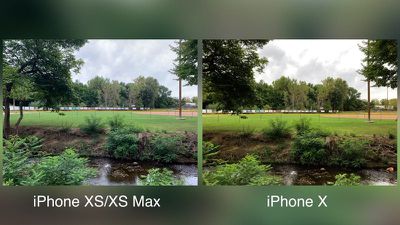
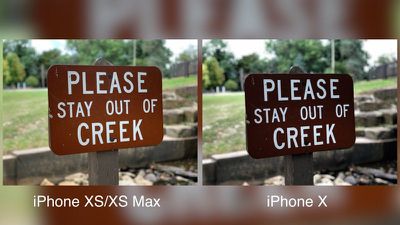
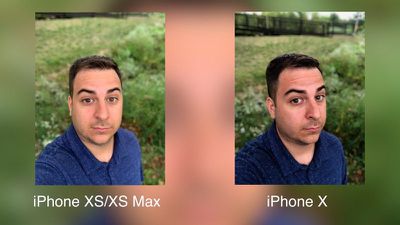
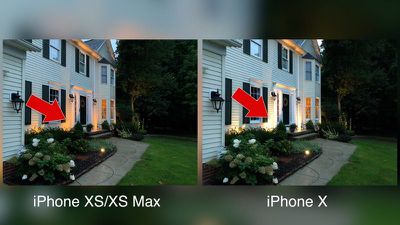
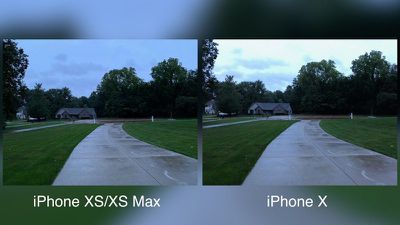
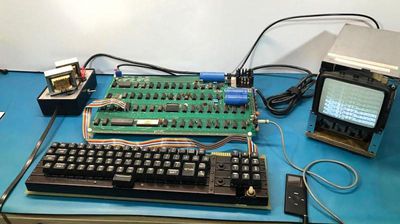
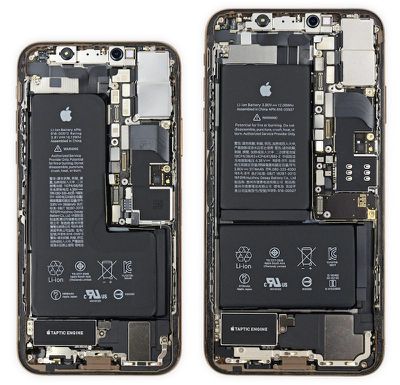
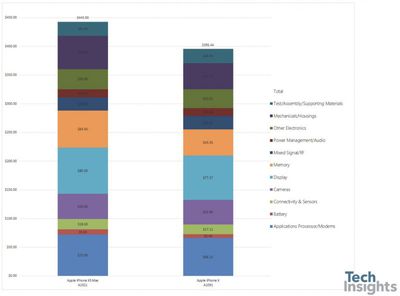
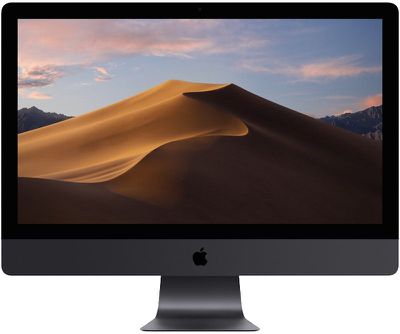
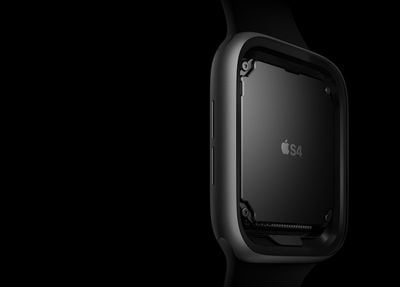

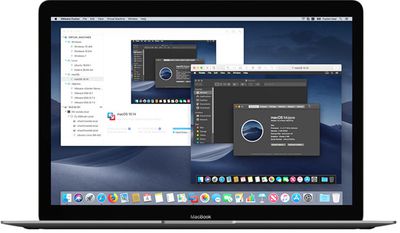
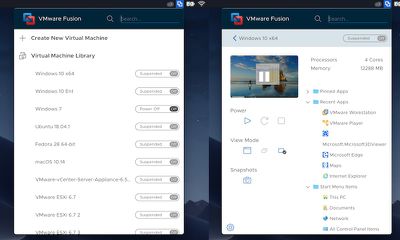
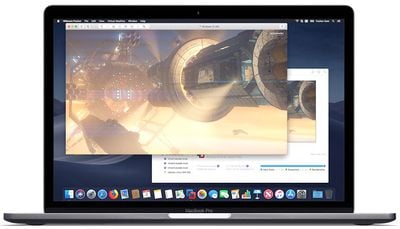
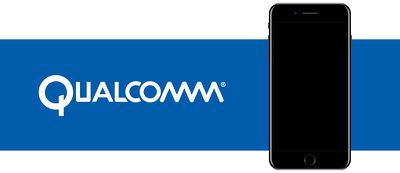
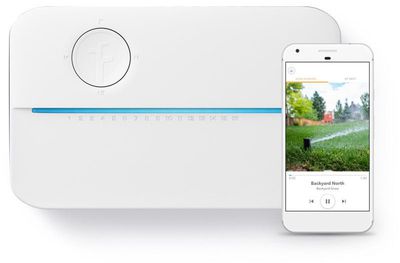
 Thanks to August's integration, the Yale keypads also support Siri and HomeKit, so users can ask Siri to open the door or set automations that lock and unlock the door at certain times of the day. The keypads also work with Alexa and Google Assistant.
Thanks to August's integration, the Yale keypads also support Siri and HomeKit, so users can ask Siri to open the door or set automations that lock and unlock the door at certain times of the day. The keypads also work with Alexa and Google Assistant. 